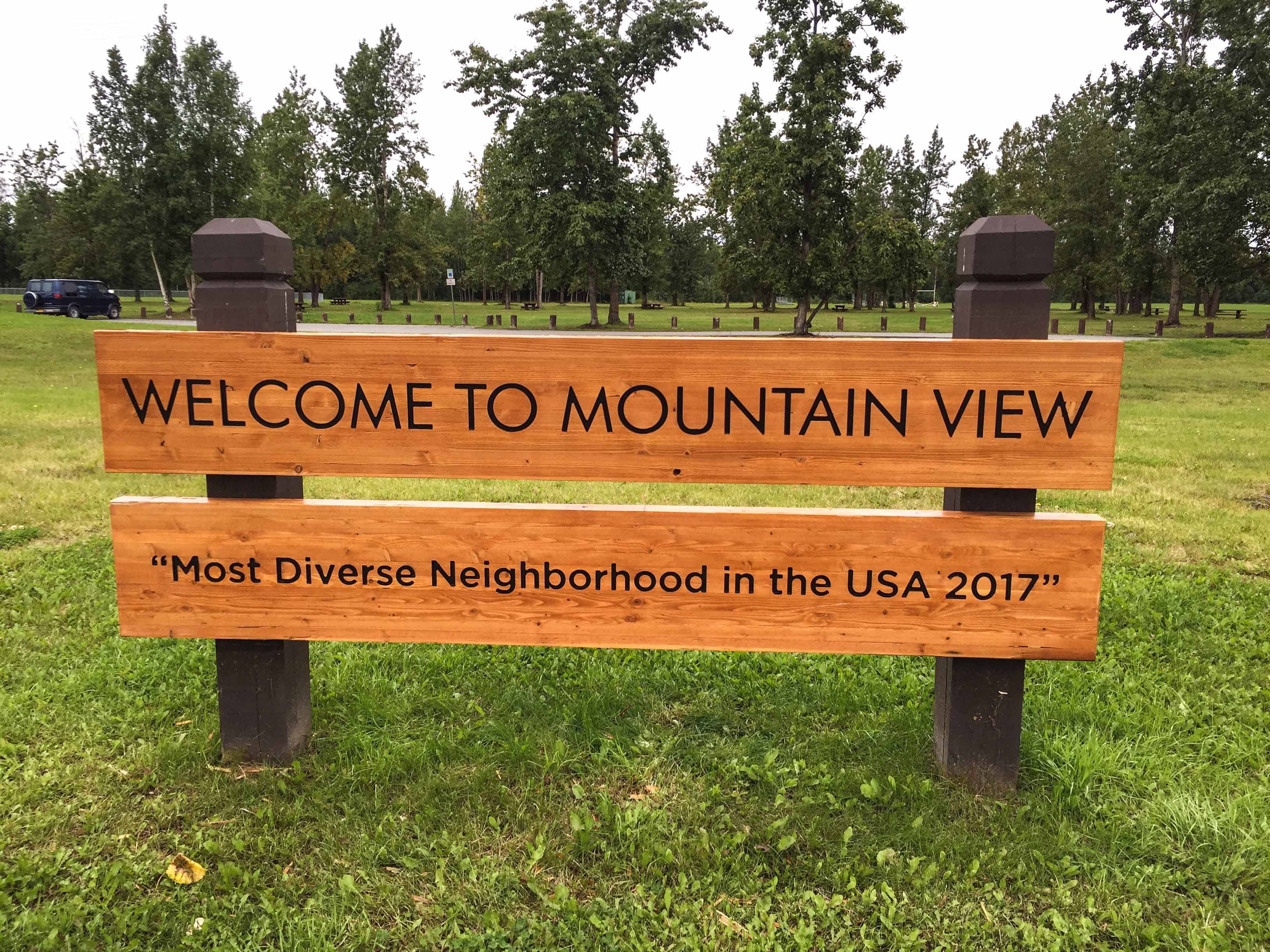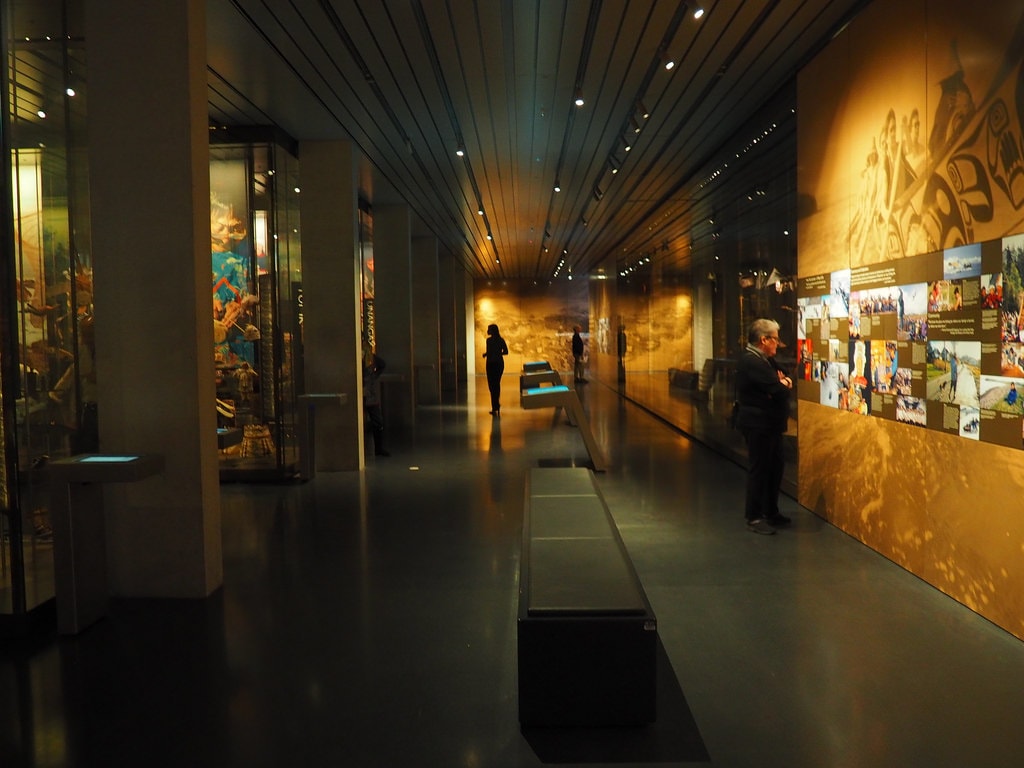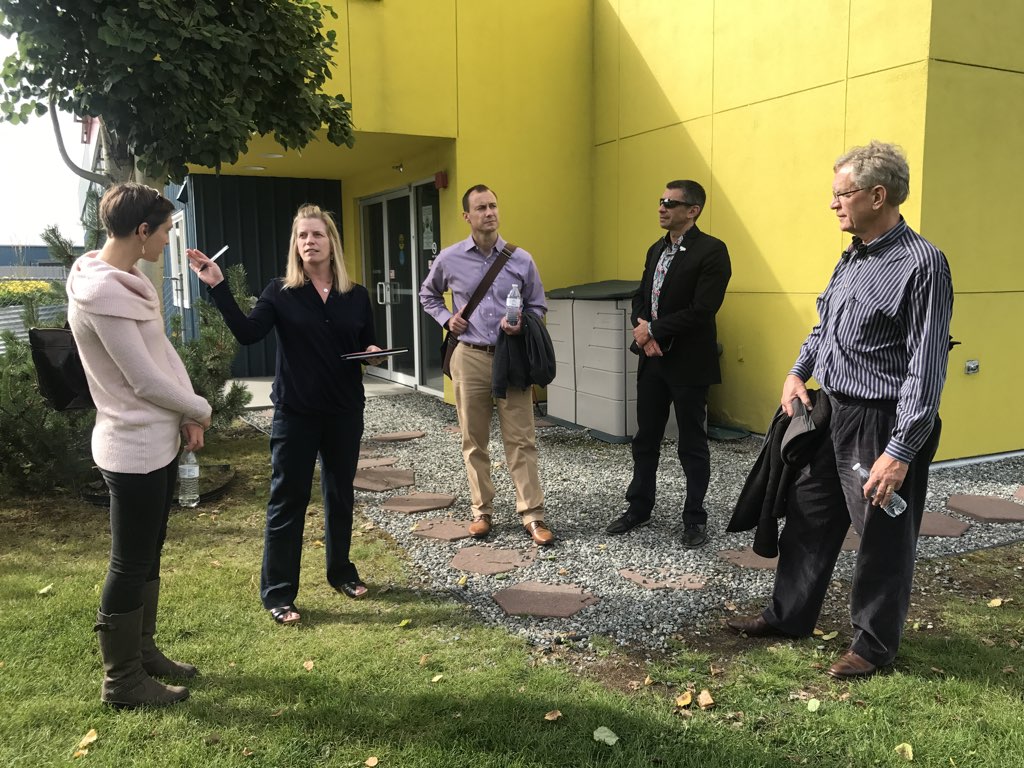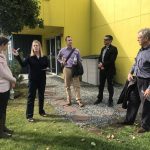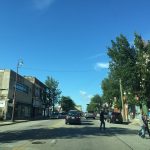The Municipality of Anchorage is seeking assistance to create a sustainable approach to building neighborhood-based resiliency and innovation. By creating place-based “resilience districts,” the city hopes to leverage and expand existing community assets while strengthening its overall capacity to adapt to chronic and acute social, economic, and environmental shocks.
The Municipality of Anchorage hopes to develop strategies to address three critical aspects of creating resilience districts:
- How to finance these districts;
- How to design these districts in ways that respond to the unique needs of each neighborhood; and
- How to ensure land use ordinances and policies facilitate innovation and responsiveness.
Sitting at the gateway to the Arctic, Anchorage is experiencing rapid environmental, economic and cultural changes. Climate changes are occurring at twice the rate they are in other regions of the world, resulting in dramatic changes to freeze/ thaw cycles, increased wildfire risk, and flooding. Economically, as Alaska looks to a future with declining oil revenues, Anchorage is faced with the need to redefine its fiscal future. Socially, Anchorage is among the most rapidly diversifying cities in the U.S., which creates tremendous equity challenges and a need to ensure all residents have access to critical services.
These trends have create chronic stresses (such as unemployment, homelessness and economic inequities) leaving the city more vulnerable to acute shocks (such as floods, earthquakes and fires). At the neighborhood scale, in Mountain View for example, while poverty is the leading stress, the area’s economic, social and physical isolation leaves little capacity to rebound from an acute shock such as an earthquake, rapid climate change, or widespread economic downturn. The Berkowitz administration’s resilience strategy seeks to ensure that Anchorage neighborhoods are capable of absorbing and responding to chronic stresses and acute shocks caused by these shifting economic, equity and environmental drivers. It prioritizes community engagement, infrastructure improvement, job training, and the diversification of food and energy sources, and understands that building a resilient Anchorage means developing the skills, institutions and infrastructure necessary to overcome both chronic stresses and acute shocks.
As catalysts for encouraging and enhancing resiliency throughout the city, Anchorage is poised to design innovative and ground-breaking “resilience districts” in key neighborhoods that will embody core community values including economic stability, equity and inclusion. The Municipality is approaching the design of each district by identifying and developing tactics to engage neighborhood residents to identify and address the specific chronic stresses and acute shocks they face. This process will also engage community-based partners—particularly those providing multi-sectoral services such as workforce development, English-language training and emergency services—and address the design of physical spaces for housing, community gathering space, and agricultural and farmers-market sites. The Municipality envisions using smart and responsive design to ensure that the built environment supports the resiliency of—and benefits the people and natural environment in—the surrounding neighborhoods by utilizing renewable energy, cold-climate building technologies and methodologies, and net-zero energy performance principles.
These resiliency districts will be carefully planned to integrate with work already in progress under several administrative initiatives and programs by external community partners. The Municipality has identified two study areas as pilots for consideration by the Rose Fellowship; each contains a development opportunity site and faces an array of challenges that would benefit from land use planning and policies that build neighborhood capacity to address chronic stresses and cope with acute shocks, thereby growing the capacity of the city as a whole. Creating a template for developing tailored resiliency plans to serve each community’s unique needs and identifying the physical development required to implement them will help the administration understand how to execute its policy priorities of equity, resiliency, sustainability and innovation at the neighborhood scale.
The first neighborhood, Mountain View, is the most ethnically diverse zip code in the nation— only 30% percent of Mountain View residents identify as Caucasian compared to 70% citywide. A high percentage of Mountain View’s approximately 7,300 residents are foreign-born, and the unemployment rate is 22% (four times the citywide rate). Nine of 10 Mountain View residents earn less than 70% of the Anchorage area median income, and 28.9% have an income below the poverty level. The area has seen pockets of reinvestment and redevelopment from the local housing authority and neighborhood land trust, and features assets including nearby parks, diverse businesses, a library branch and schools. The Mountain View opportunity site is a 2-acre parcel owned by the community land trust adjacent to a neighborhood health center that could potentially provide access to workforce development opportunities. The parcel is located along the main transportation corridor, is zoned B3 (which is general business district zoning for Anchorage), and is one block away from the primary residential concentration within Mountain View.
The second neighborhood, Muldoon, is an older, predominantly residential neighborhood with vibrant commercial corridors. Muldoon has about 10,900 residents and an unemployment rate of 9% (one-and-a-half times the citywide rate), and 8% of Muldoon residents are below the poverty level. Many parts of Muldoon are experiencing redevelopment, including some of the first, new mixed-use and senior housing developments in the city featuring renewable energy technologies such as solar panels and heat pump systems. The opportunity site here is a collection of privately owned parcels—ranging in size from 3-9 acres—at the intersection of two high-volume transportation corridors. The opportunity site and surrounding area feature mixed-use development, affordable housing projects, newly-developing large park, library branch, schools and businesses.
The Municipality of Anchorage hopes that focusing on these two distinct areas will allow it to develop an overall approach that can be deployed in different contexts and serve as a template for innovation and resilience that can be ultimately implemented throughout the city.
